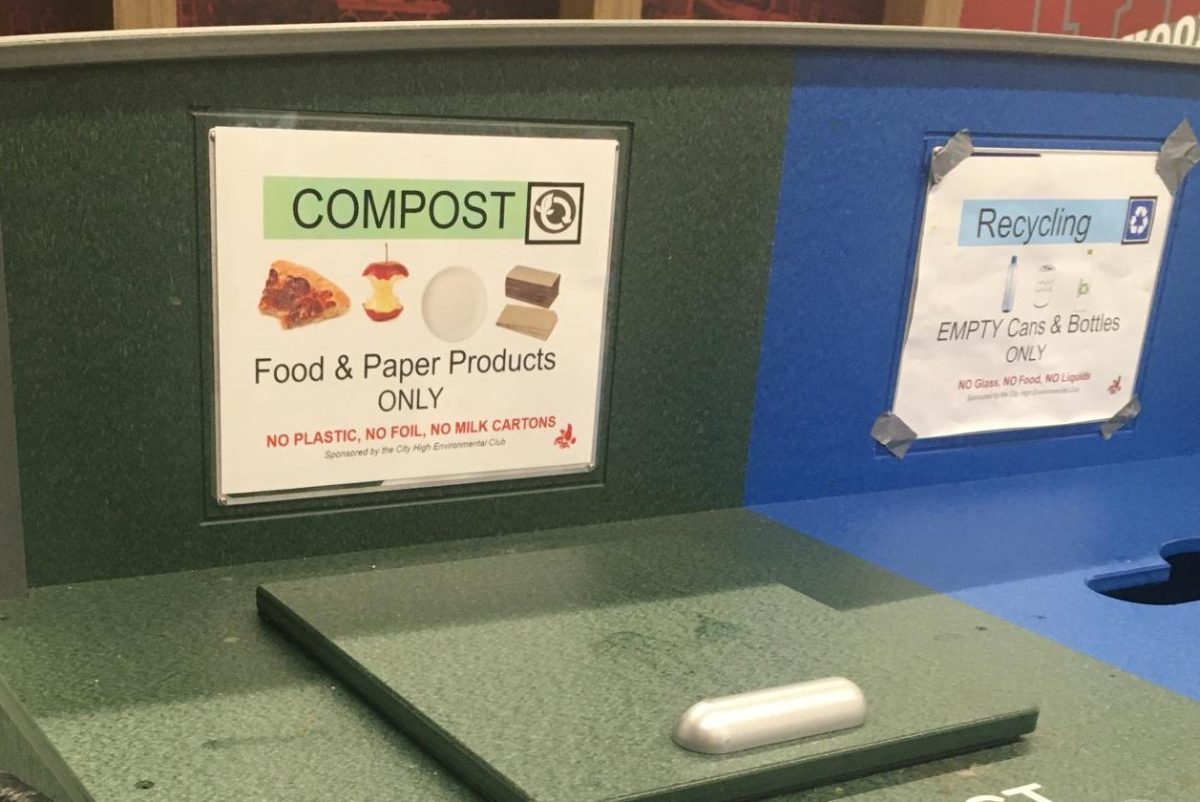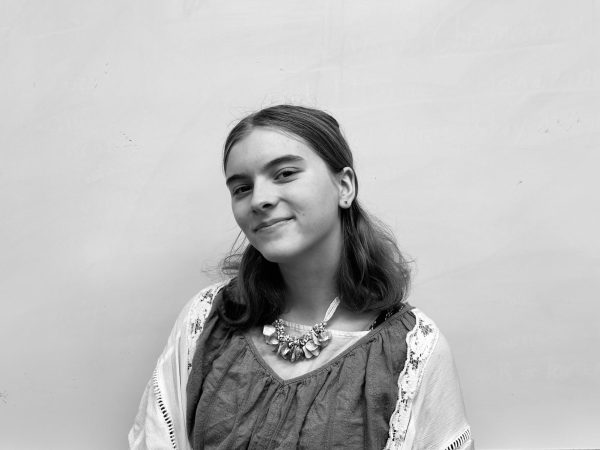It’s Monday morning, 30 minutes before the start of school. Light floods into the windows of the environmental science room, where Siena Brown ‘26 and Althea Downing-Sherer ‘24 are discussing how best to continue spreading the word about composting at City High.
“I think some people have some great ideas, I think everyone comes in with a different perspective, and they all come in with different ideas which is really great. They’ll say, like ‘Oh I think this could work’ and it’s been amazing to hear all those different points of view,” Brown said. This is her first year as Co-President of the Environmental Club, and she’s starting it off by bringing back the club’s focus on composting.
“The two presidents before were Nora (Gibson) and Matisse (Arnone ‘23). [They] were really the ones who brought the compost movement to life, and they started the Earth Day celebration and brought a lot of things to the club, so my goal for this year is that I want to bring more things to the club like that,” said Brown.
Last year, Iowa City Community School District won the Green Ribbon Schools award for environmentally friendly school districts in the United States. Alongside her hopes to continue the work of the previous presidents, Brown’s main focus is on how to widen awareness about City High’s composting program. The compost bin from the lunchroom is taken out three times a week in bags made from recycled plastic. It then has to be searched for contaminants; non compostable things that have been thrown in the bin. After that, it ends its journey at the Johnson County Composting Center, where it is composted. She hopes that the student body at City High will begin to compost more and take into consideration the effects of their actions on the environment.
“Our generation is going to feel the brunt of the effects of climate change, and so it’s really important to have a way to make a difference, and for kids to have a way to feel like they can help,” Brown said.
Alma Bhandary-Narayanan ‘26, who is currently in AP Environmental Science, thinks that composting at City High could make a profound impact.
“We generate a huge amount of trash every day at lunch and throughout the day, and trash in the landfill releases carbon as well as polluting the environment, so we would be reducing our footprint in multiple ways [by composting],” said Bhandary-Narayanan.
The environmental science class studies the way that factors interact with each other, including humans’ interactions with the planet. Bhandary-Narayanan believes composting will benefit the school greatly, but she does, however, have reasons to want an improved system.
“I think that leaving the lids [on the compost bins] open would streamline the process and remove the mental barrier to composting. I would compost if the lid was open, but I don’t, because I don’t have time to sort out my trash and open the lid before class, and I don’t want to get my hands dirty and just have them be dirty for the rest of the day,” said Bhandary-Narayanan.
Bhandary-Narayanan’s idea is that the easier composting is, the more people will do it. Brown and Downing-Sherer have come across a related need for student engagement in their endeavors to teach the student body about composting.
“A hard part of [running the composting program] has been to try to incentivize students to use and learn how to compost,” Brown said.
The club has recently settled on handing out cookies to people who compost at lunch to encourage participation, as well as holding advisory lessons on how to compost. They plan to continue promoting climate action at City as the year goes on.





























